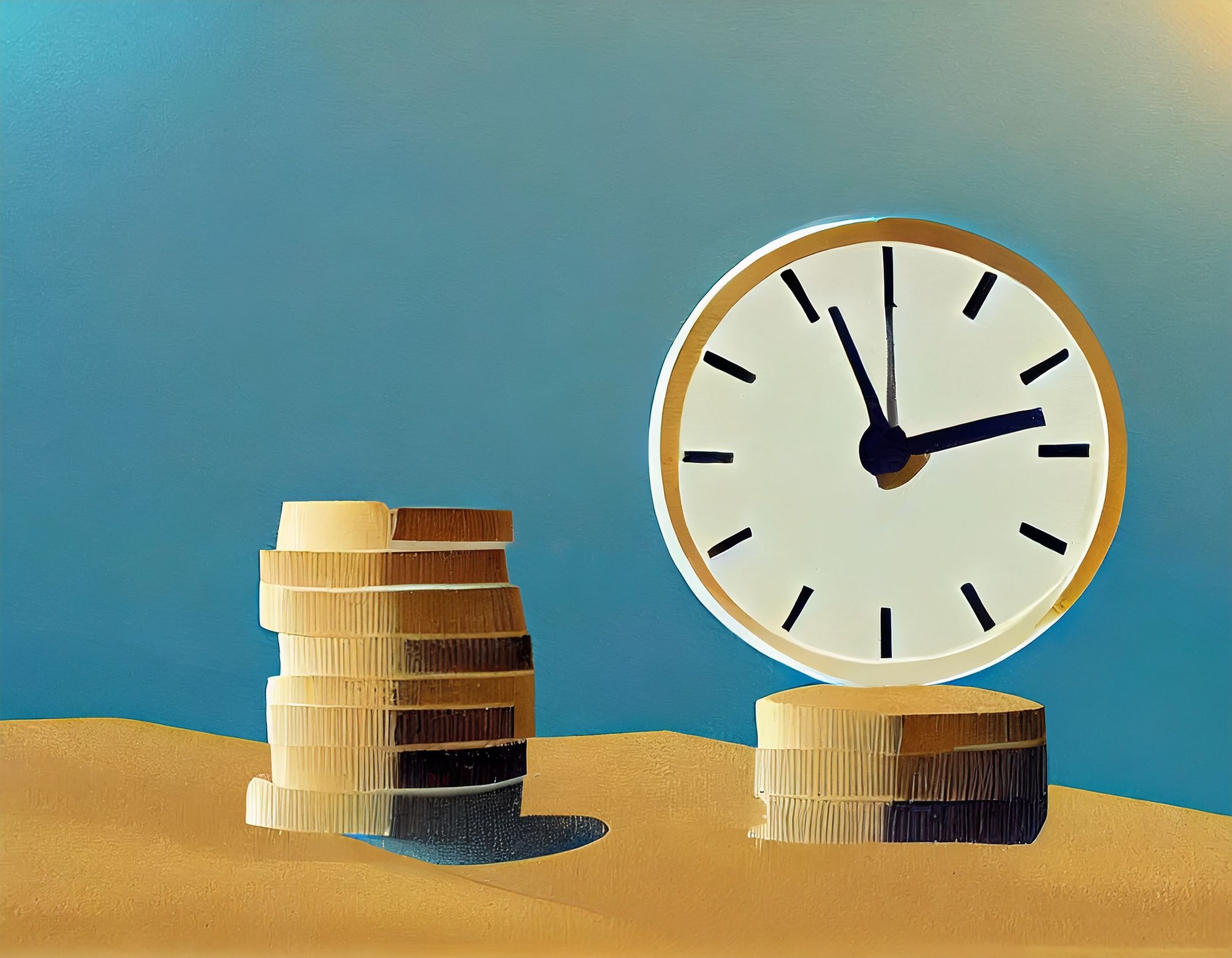Opportunity Cost Guide: Making Informed Decisions

Have you ever chosen a path in life only to realize halfway through that you should have taken the other option? I have. So that's why I studied the mental model of 'opportunity cost.' It helps me decide the trade-offs to any choice over another one. After studying opportunity cost on the Moonshots Podcast, I built a step-by-step guide.
Introduction: Navigating Life's Crossroads with the Opportunity Cost Mental Model
Life is a series of decisions, each with its trade-offs and consequences.
This beginner's guide will walk you through practical steps to harness the power of opportunity cost, empowering you to make decisions that align with your goals and lead to a more fulfilling life.
Step 1: Define Your Options - The Foundation of Opportunity Cost
Before delving into the concept of opportunity cost, you need to define your options. Identify the different choices you have in a given situation. Recognize that every decision involves forgoing other potential alternatives.
Example: Imagine you have a weekend ahead and are considering how to spend it. Your options might include hiking, a workshop, or relaxing at home.
Step 2: Assess the Trade-offs - Weighing Benefits and Alternatives
Understanding opportunity cost involves assessing the trade-offs associated with each option. Consider the benefits of each alternative and what you're giving up by choosing one over the others. This step allows you to evaluate the potential gains and losses.
Example: If you choose to attend the workshop, you might gain new skills and knowledge, but you're giving up the opportunity to enjoy outdoor activities or unwind at home.
Step 3: Determine the Highest-Value Choice - Making Informed Decisions
The essence of the opportunity cost mental model lies in determining the highest-value choice based on your assessment of trade-offs. Select the option that aligns most closely with your priorities and goals, considering both short-term and long-term benefits.
Example: After assessing the trade-offs, you decide that attending the workshop aligns better with your long-term personal growth goal, even though you're giving up immediate relaxation.
Step 4: Embrace Long-Term Perspective - Beyond Immediate Gratification
Opportunity cost encourages you to think beyond immediate gratification and consider the long-term perspective. Recognize that sometimes, forgoing short-term benefits can lead to greater rewards and fulfillment.
Example: You might save money by cooking at home instead of dining out, realizing that the accumulated savings could fund a future vacation.
Step 5: Apply Opportunity Cost to Various Aspects of Life - A Universal Tool
The opportunity cost mental model is a versatile tool that can be applied to various aspects of life. Whether it's personal finance, career choices, or leisure activities, consider your choices and options and weigh their trade-offs.
Example: When choosing between two job offers, evaluate salary, work-life balance, and growth opportunities to determine the best fit for your long-term career goals.
Step 6: Continuously Refine Your Decision-Making - A Lifelong Skill
As you become more adept at using the opportunity cost mental model, you'll develop a valuable skill for life. Continuously refine your decision-making process by practicing regular self-reflection and honing your ability to assess trade-offs and make informed choices.
Example: Regularly reflect on past decisions and their outcomes. Did you choose that aligned with your long-term goals, or did immediate benefits sway you?
Suggested Reading
"The Art of Strategy: A Game Theorist's Guide to Success in Business and Life" by Avinash K. Dixit and Barry J. Nalebuff
This book explores strategic decision-making in various contexts, emphasizing the concept of opportunity cost. It provides insights from game theory to help readers understand the trade-offs and choices involved in decision-making.
"Thinking, Fast and Slow" by Daniel Kahneman
While not exclusively focused on opportunity cost, this book by Nobel laureate Daniel Kahneman explores cognitive biases and decision-making processes. It offers a deeper understanding of how individuals assess and evaluate choices, including the concept of opportunity cost.
"The Lean Startup: How Today's Entrepreneurs Use Continuous Innovation to Create Radically Successful Businesses" by Eric Ries
This book is centered around optimizing resource allocation, aligning with the opportunity cost notion. It provides insights into efficiently using resources to create value and innovate, particularly in a startup context.
These books offer valuable insights into the concept of opportunity cost and its relevance in decision-making, strategy development, and resource allocation.
Harnessing the Power of Opportunity Cost for a Fulfilling Life
These practical steps unlock the potential of the opportunity cost mental model, enabling you to make choices that lead to a more fulfilling and purposeful life. Define your options, assess trade-offs, and determine the highest-value choice that aligns with your goals.
Embrace a long-term perspective and apply the opportunity cost framework to various aspects of life. As you continuously refine your decision-making skills, you'll make informed choices that maximize your options and set you on a path toward personal growth and success.
